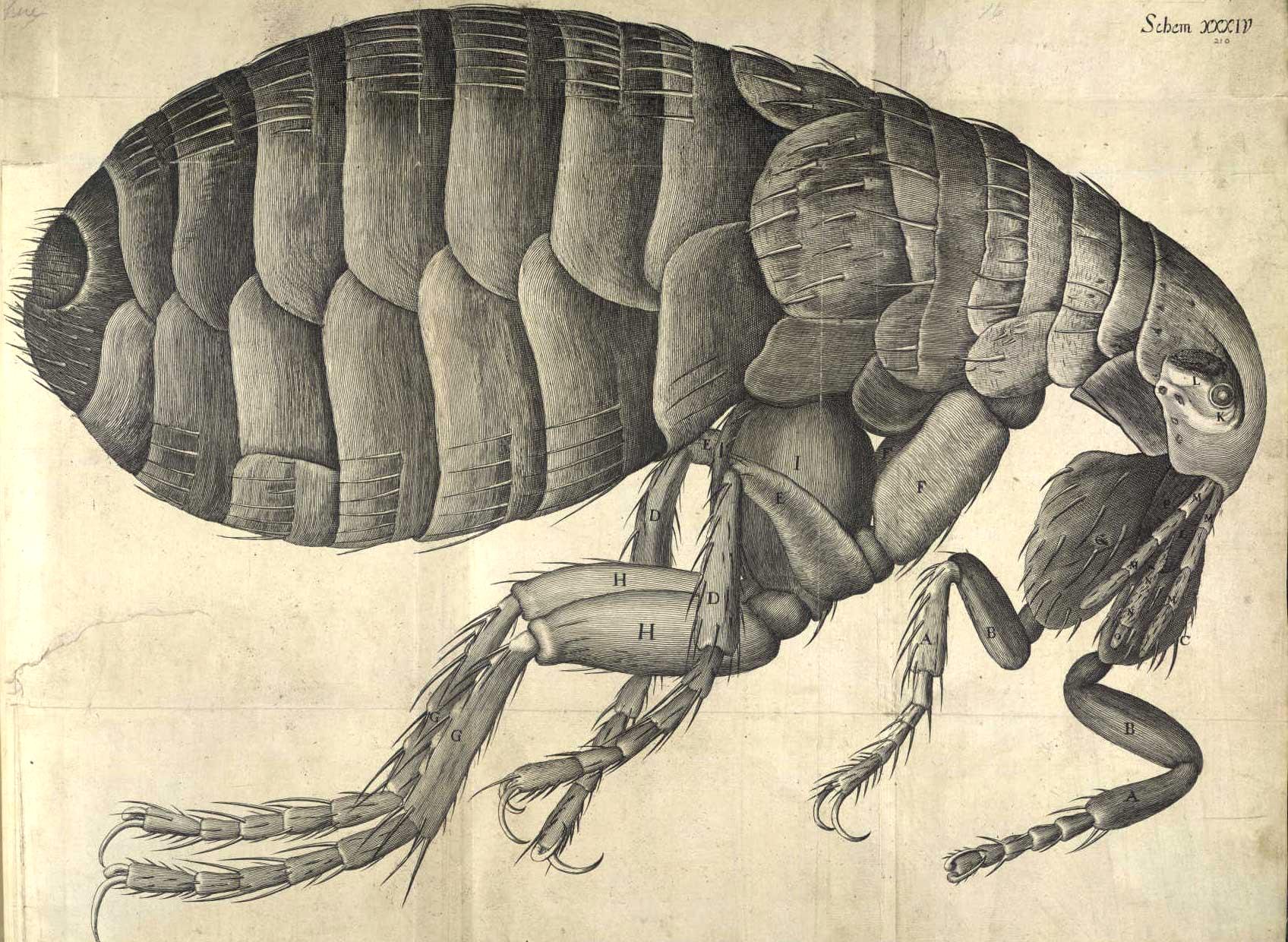What was Robert Hooke's contribution to biology?
2 Answers
Robert Hooke was involved as the first scientist to discover the cells.
Explanation:
Robert Hooke (1635-1703) is an English physicist. He contributed to the discovery of cells while looking at a thin slice of cork. He then thought that cells only exist in plants and fungi. In 1665, he published Micrographia.
For an additional information, another scientist, Antonie van Leeuwenhoek (1673) contributed to discovery of living and also motile cells by using a handmade microscope to observe pond scum, semen, dental plaque, etc. He then discovered single-celled organisms known as animalcules. He also observed fish, birds, frogs, dogs and human blood.
Robert Hooke was a brilliant scientist. He is still remembered as architect, physicist, geologist, etc and is also known for his contributions in biology.
Explanation:
- Robert Hooke's most important work in biology is definitely Micrographia which later inspired discoverers like Leeuwenhoek.
(When Leeuwenhoek, a draper by profession, wrote to Royal Society in 1670s about his microscopic findings, it was Hooke who endorsed him paving way for more such discoveries.)
- Micrographia was published in 1665. He described a section of dead cork tissue which appeared like 'cells' of honeycomb. The word cell, basic unit of life, was thus coined by Hooke.
- He was the first person to describe a compound eye of fly, an insect. He studied arthropods in great detail and his observations about their chitinous exoskeleton were alluring: such as--adorn'd with a curiously polish'd suite of sable Armour, neatly jointed. . .
- He also studied fossil molluscans and concluded that there were organisms which lived on earth earlier but are now extinct. Thus he should be regarded as a pioneering paleontologist who actually understood an important aspect of biology that the fossils are evidence of evolution. Hooke even studied fossils under his compound microscope.
- As shells were regularly been discovered on hills he wrote: It seems not improbable, that the tops of the highest and most considerable Mountains in the World have been under Water, and that they themselves most probably seem to have been the Effects of some very great Earthquake.
He was certainly a man of genius. Following is his illustration of a flea.
http://britishlibrary.typepad.co.uk/.a/6a00d8341c464853ef01a511e97e44970c-pi
( )
)

